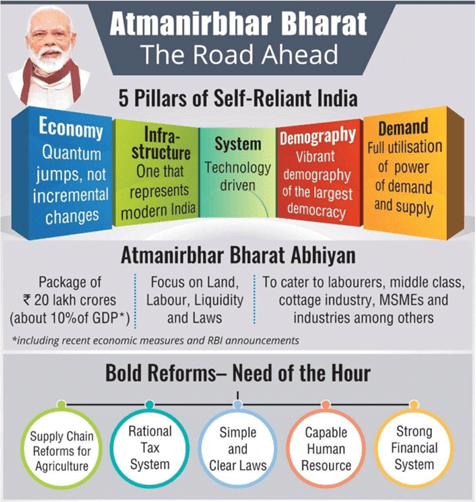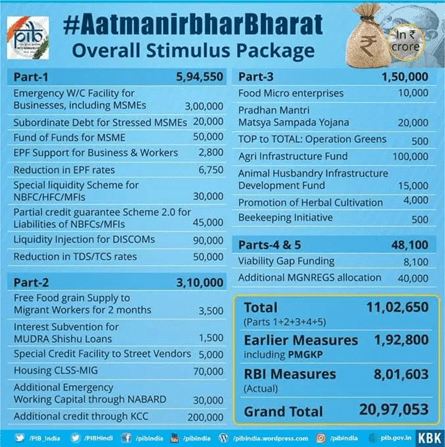Economic Reforms - Journey & Road Ahead | Gist of Rajya Sabha TV / RSTV (now Sansad TV) - UPSC PDF Download
Context
India has completed 30 years of the liberalization regime. Multi-pronged reforms agenda was launched in 1991. It redefined the role of the State as a facilitator & neutral regulator. Over the years India has become one of the fastest-growing economies in the 21st century and the reforms agenda continues to be in focus to revive economic growth.
Background
Liberalization is the process or means of the elimination of control of the state over economic activities. It provides greater autonomy to the business enterprises in decision-making and eliminates government interference.
Need for liberalization
- Poor performance of the public sector
- Balance of payment crisis
- Mounting government debt
- A decline in import cover
- The sluggish growth rate of the 1980s (Hindu rate of growth)
- Long-term structural weaknesses like license raj, MRTP Act, 1969, inward-looking trade policies, import-substitution, etc.
India received financial help of $7 billion from the World Bank and the IMF on an agreement to announce its New Economic Policy.
Short term impact of the reforms
- Inflation reduced from a peak of 17% in August 1991 to about 8.5% within 2.5 years
- Forex reserves increased from $1.2 billion in June 1991 to over $15 billion in 1994
- GDP growth increased from 1.1% in 1991-92 to 4% in 1992-93
- The fiscal deficit reduced from 8.4% in 1990-91 to 5.7% in 1992-93
- Exports more than doubled from 1990-91 to 1993-94
Significant changes since 1991
- Fiscal stabilization: Abolition of export subsidies, FRBM Act, budget support to loss-making public-sector units, banning the use of ad-hoc treasury bills.
- Relaxation of foreign investment norms to attract FDI
- Tax rate reforms like VAT, GST, reduction of corporate taxes, rationalization of tax slabs, etc.
- Financial sector reforms – Autonomy to PSBs, giving teeth to SEBI, allowing the use of global depository receipts, etc.
- Reforms in the exchange rate policies – full current account convertibility was introduced in India.
- Although the growth rate has increased, the fruits of development haven’t been equitably distributed because of a sharp rise in inequality.
Economic situation during the pandemic
- Unemployment: India’s unemployment rate sharply rose to 7.11% in 2020.
- India’s debt to GDP ratio increased from 74% to 90% during the COVID-19 pandemic.
- India’s Gross Domestic Product (GDP) contracted 7.3% in 2020-21, as per provisional National Income estimates released by the National Statistical Office.
Steps were taken for Economic revival
- Atmanirbhar Bharat Abhiyaan
- PM Garib Kalyan Yojana
- PLI schemes for multiple manufacturing sectors
- Credit guarantee schemes for MSME, NBFCs
- An Rs.20 lakh crore revival package. Breakup in the figure below.


Way Forward
- In the face of new challenges, we require fresh solutions.
- Reforms need to be taken up in areas where the public is directly impacted like local government finances, agricultural bills, etc.
- The government needs to cater to data security challenges and the digital economy by bringing a personal data act and bringing amendments to the Information Technology Act.
- We still require administrative reforms like prison reforms, personnel reforms (the USA has 5 times more administrators than India).
- Reforms should be Pro Market rather than Pro Business.
- India needs to improve on its health infrastructure and consequently human capital to translate the potentiality of the demographic dividend into sustained economic growth.
Conclusion
After facing a setback of more than a year, India needs to take holistic and rational steps to overcome the pandemic tide and start walking on its path to a $5 trillion economy.
|
156 videos|759 docs
|
|
156 videos|759 docs
|

|
Explore Courses for UPSC exam
|

|

















